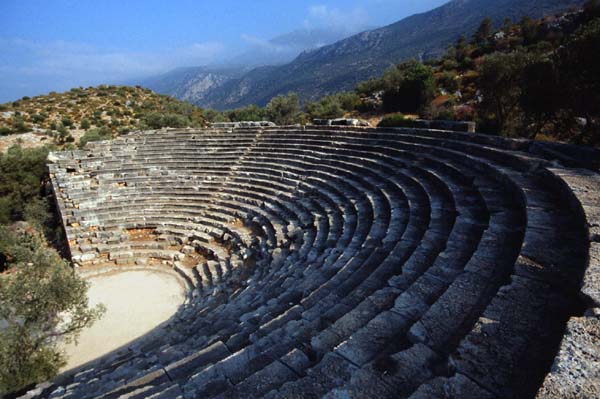

Assar (2005), pp.47–48.Īssar again argues for another intervening Parthian monarch, who came to the throne ahead of Mithradates, known only as Arsaces X, who ruled c.122–121 Cross-Cultural Interactions of the Parthian Empire (Oxford), pp.25–50.Īssar argues for another intervening Parthian monarch between Phraates and Artabanus, named Bagasis, who ruled c.126įrom the Tiridatian line of Arsacids. Rubin (eds), Arsacids, Romans and Local Elites. Nabel (2017), ‘The Seleucids Imprisoned: Arsacid-Roman Hostage Submission and its Hellenistic Precedents’, in J. Debeviose (1938), A Political History of Parthia (Chicago), p.31.

Mandell (1991), ‘Did the Maccabees Believe that They Had a Valid Treaty with Rome?’, Catholic Biblical Quarterly 53, pp.202–20. Dabrowa (2006), ‘The Conquests of Mithradates I and the Numismatic Evidence’, Parthi ca 8, pp.37–40 and (2009), ‘Mithradates I and the Beginning of the Ruler Cult in Parthia’, Electrum 15, pp.41–51. Bilde (ed.), Aspects of Hellenistic Kingship (Aarhus), pp.55–56 E. Wiesehöfer (1996), ‘Kings of Kings and Philhellen Kingship in Arsacid Iran’, in P. Paltiel (1979), ‘Antiochos IV and Demetrios I of Syria’, Antichthon 13, pp.42–47.

Paltiel (1979), ‘The Treaty of Apamea and the Later Seleucids’, Antichthon 13, pp.30–41.Īssar argues for an intervening Parthian king, Arsaces IV (c.176–175 Grainger (2002), The Roman War of Antiochus the Great (Leiden). Sanchez (eds), War, Warlords, and Interstate Relations in the Ancient Mediterranean (Leiden), pp.254–65. Champion (2017), ‘Conquest, Liberation, Protectionism, or Enslavement? Mid-Republican Rome from a Greek Perspective’, in T. ’, Classical Philology 30, pp.193–214 and C.
#Roman arausio free
Larsen (1935), ‘Was Greece Free between 196 and 146 Grainger (2015), The Seleukid Empire of Antiochus III (223–187 Taylor (2013), Antiochus The Great (Barnsley) and J. Assar (2008), ‘The Proper Name of the 2nd Parthian Ruler’, Bulletin of Ancient Iranian History 4, pp.1–7.įor more detail on the reign of Antiochus, see M.
#Roman arausio full
: War Within the Family (Swansea), pp.129–50.įor a full analysis, see J. Erickson (ed.), The Seleukid Empire, 281–222 Strootman (2018), ‘The coming of the Parthians: Crisis and Resilience in Seleukid Iran in the reign of Seleukos II’, in: K. Overtoom (2016), ‘The Power-Transition Crisis of the 240sĪnd the Creation of the Parthian State’, International History Review 38, pp.984–1013 R. Lerner (1999), The Impact of Seleucid Decline on the Eastern Iranian Plateau (Stuttgart) N. Assar (2004), ‘Genealogy and Coinage of the Early Parthian Rulers I’, Parthica 6, pp.69–93, and (2005), ‘Genealogy and Coinage of the Early Parthian Rulers II. Holt (1999), Thundering Zeus: The Making of Hellenistic Bactria (Berkeley). Sheldon (2006), ‘The Ethnic and Linguistic Identity of the Parthians: A Review of the Evidence from Central Asia’, Asian Ethnicity 7, pp. Sampson (2016), Rome Spreads Her Wings: Territorial Expansion Between the Punic Wars (Barnsley). Cornell (1995), The Beginnings of Rome: Italy and Rome from the Bronze Age to the Punic War (London). Grainger (2010), The Syrian Wars (Leiden).įor an overview of Roman history up to this period, see T. Chapter 1: The Rise of the New World Order Rome and Parthia (to 50įor an overview of the wars, see J.


 0 kommentar(er)
0 kommentar(er)
